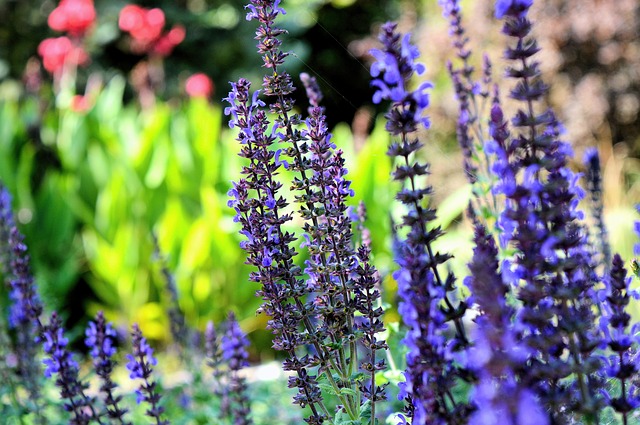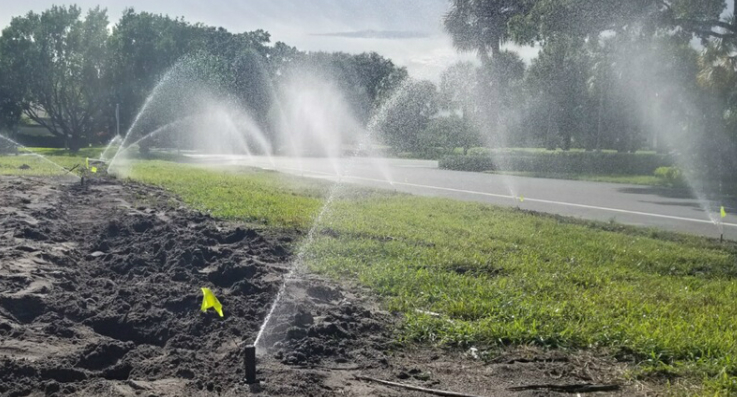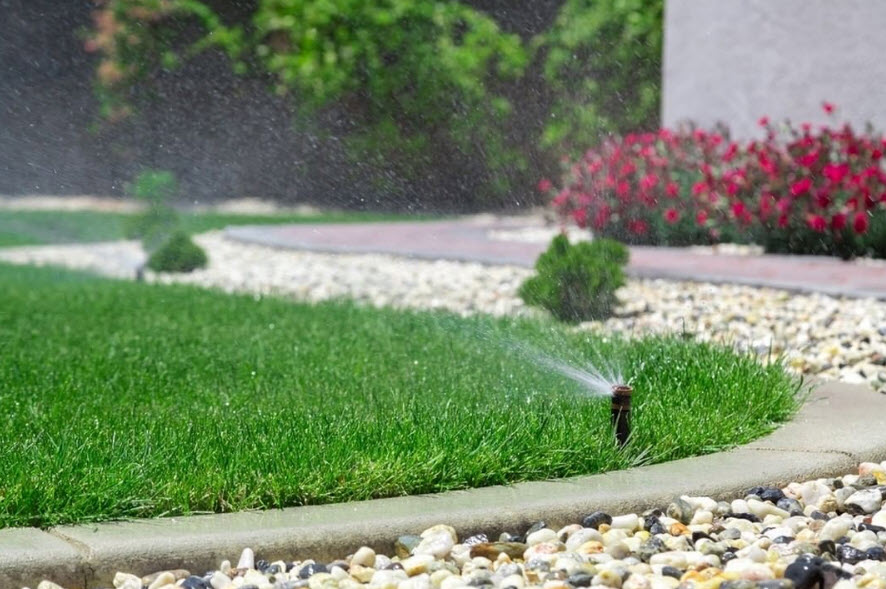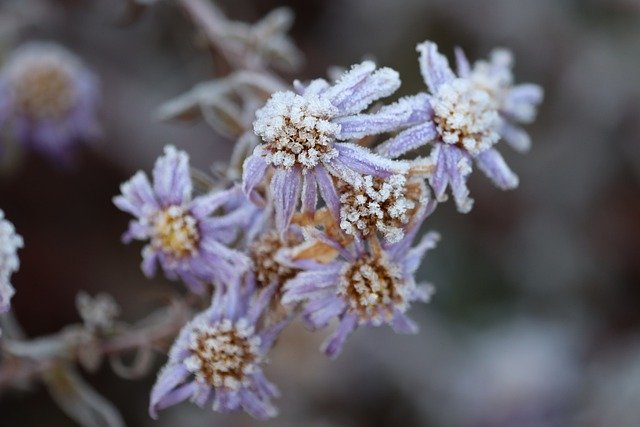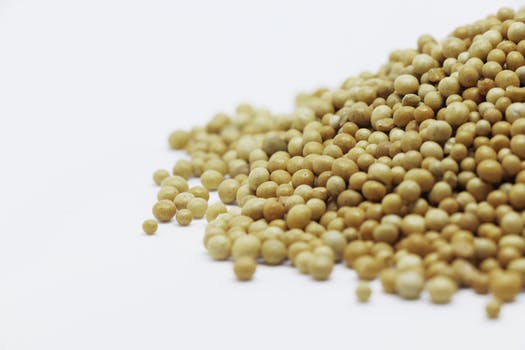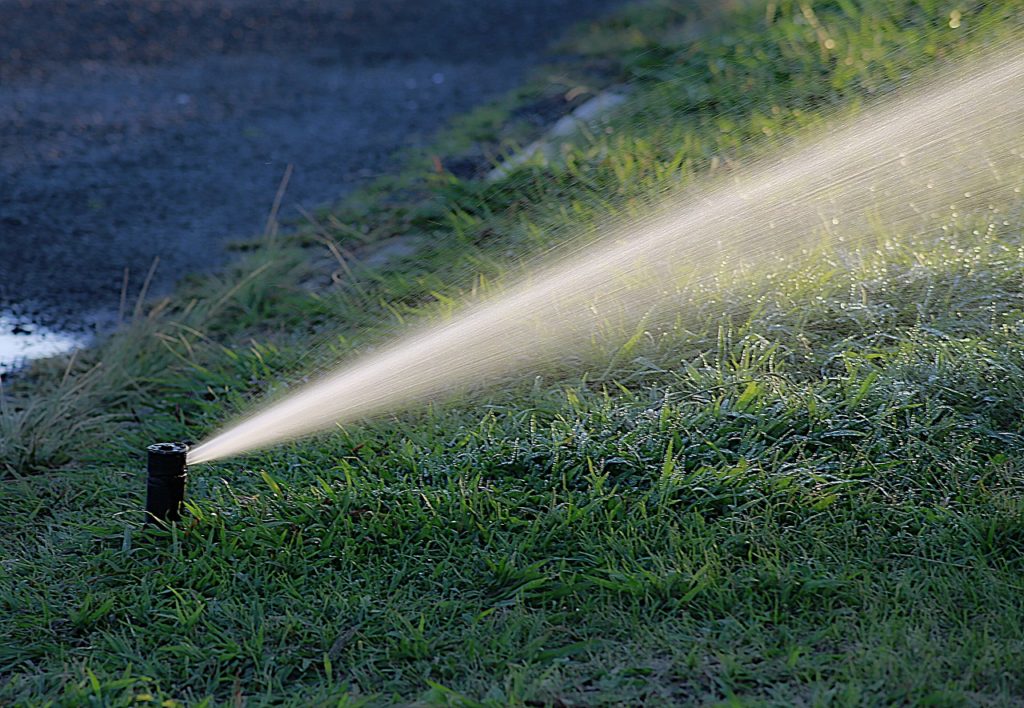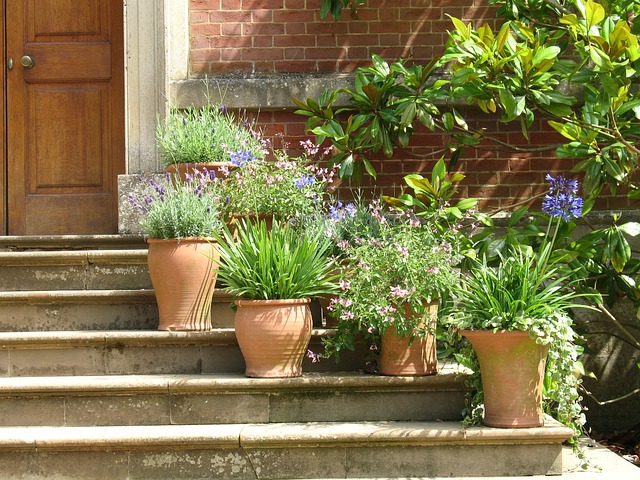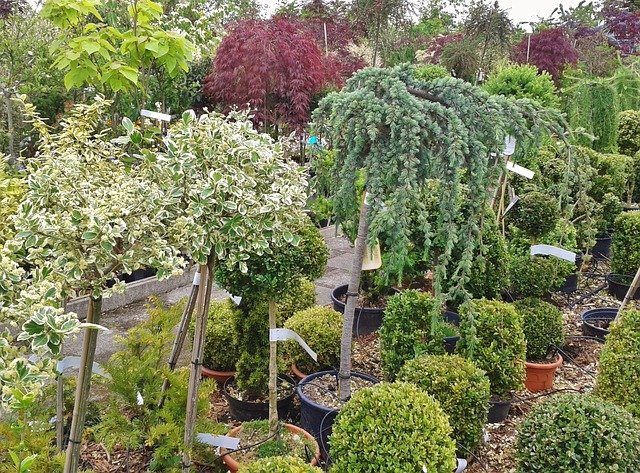A deck provides an excellent platform for spending time with family and friends. It’s a place to
relax, get closer to nature, entertain, or have a quiet cup of coffee before beginning the day.
The variations in deck design are endless and can be customized in extensive ways. They can
include a roof or roll-out awning, a bench or swing, or outdoor kitchen.
Decks can be placed in the front, back or side of the home, depending on the available space
and access points to the dwelling. They can even be located next to a garage. They’re an
excellent idea for slopes close to a home that that would otherwise be an unusable area and
adds considerably to the value of a home.
Attached Deck
This is the choice that most individuals select for their deck. It’s attached to the home and
provides an easy way to add square footage, while providing an inviting environment. It can
feature built-in seating space and offers an excellent environment for flowering plants and
greenery.
Detached Deck
When an attached deck is out of the question, choose a detached, freestanding one. It can be
positioned almost anywhere and essentially acts like an island in the landscape. Access can be
by way of a footpath or stairway, depending on the chosen height.
Rooftop Deck
This is an excellent solution for city dwellers and in urban areas for structures with a flat roof.
Individuals will attain an extra level of privacy and space, along with a cooling breeze. Railings
are essential and the space can even accommodate a rooftop garden if desires.
Wrap Around
A wrap around deck will extend around the entire home – or most of it. This type of deck has
the unique ability to facilitate air flow throughout the home when access doors are open. The
deck design opens up uninterrupted views of an entire property. It can be customized with
built-in tables, seating, and roofed areas.
Multi-Level
It will encompass one or more levels at different heights, each of which can be customized for
specific activities such as stargazing. Connected by a stairway or ramp, the style is an ideal
solution for larger properties and those with slopes or rocky terrain. Tiered decks offer a unique
and elaborate option.
Contact RCH Landscaping Today for a Free Estimate
561-779-9760


